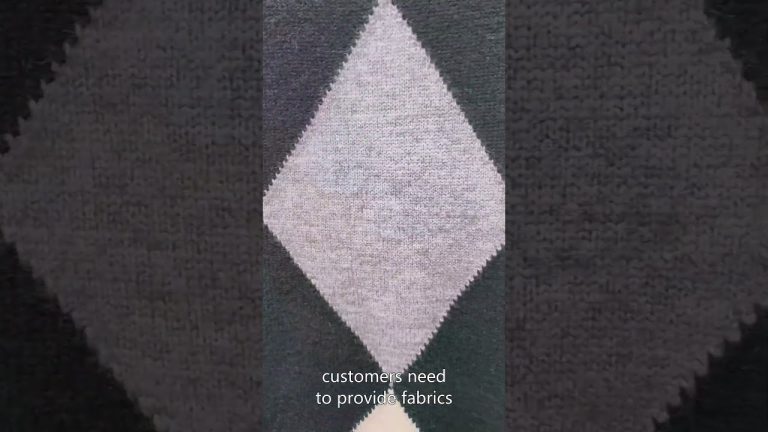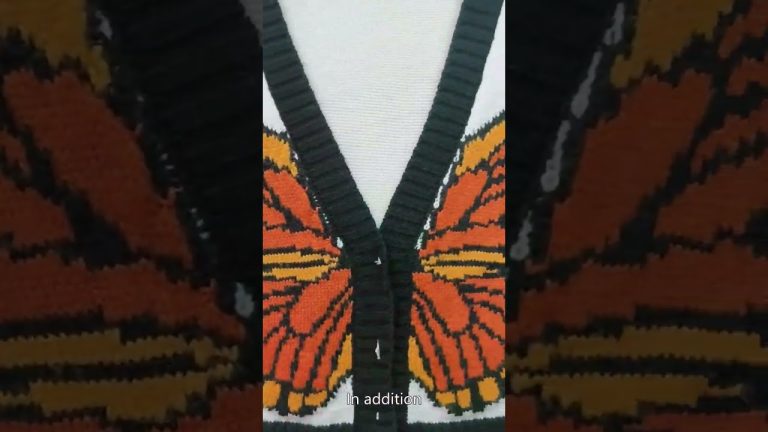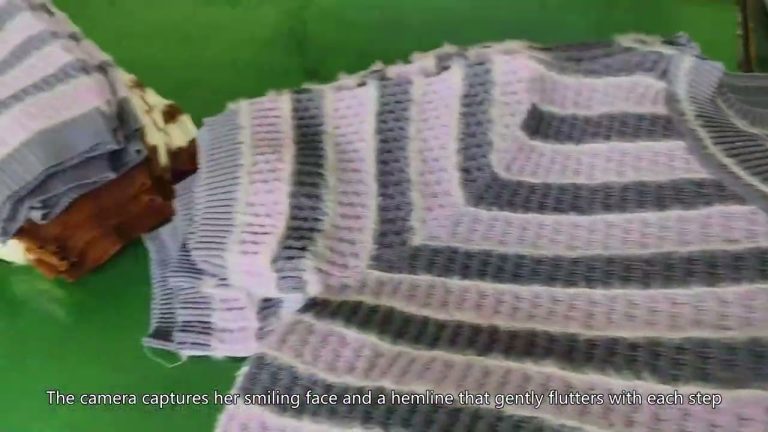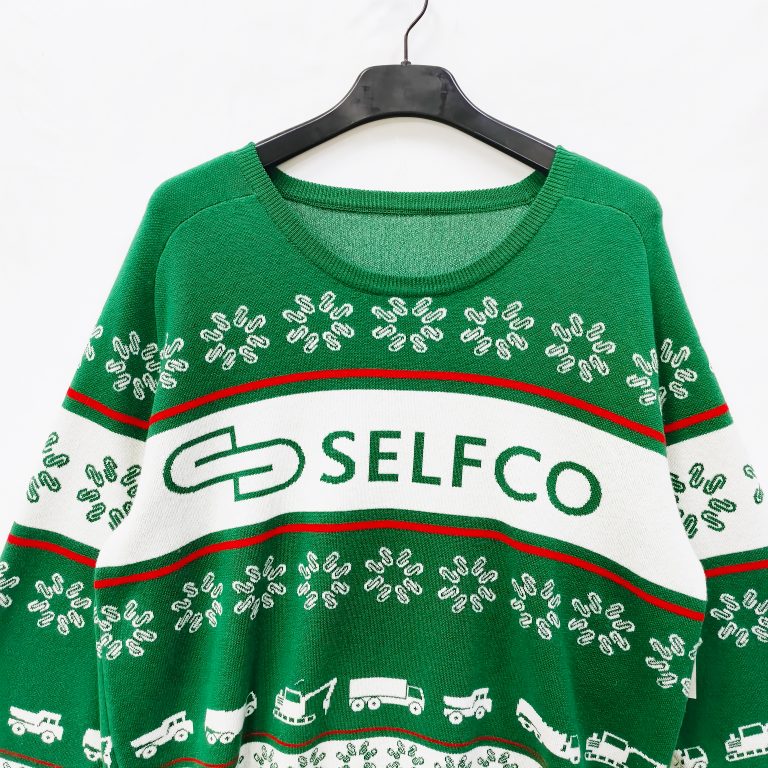The Evolution of Women’s sweater fabrication
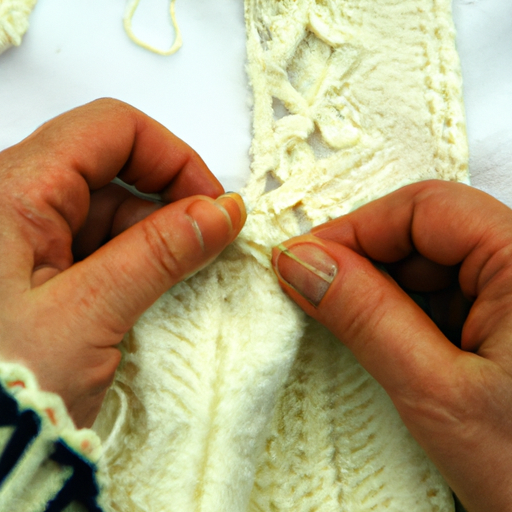
The Evolution of Women’s Sweater Fabrication When it comes to women’s fashion, one item that has stood the test of time is the sweater. From its humble beginnings as a practical garment to keep warm in chilly weather, the sweater has evolved into a versatile and stylish piece that can be worn in a variety of settings. One aspect of this evolution that often goes unnoticed is the fabrication of women’s sweaters. In the early days, sweaters were primarily made from wool. This natural fiber was readily available and provided excellent insulation against the cold. However, wool had its drawbacks. It could be itchy and uncomfortable against the skin, and it required special care to prevent shrinking and stretching. As women’s fashion became more diverse and women began to demand more from their clothing, sweater fabrication had to adapt. Enter synthetic fibers. In the mid-20th century, manufacturers started experimenting with new materials that could mimic the properties of wool while offering additional benefits. Acrylic, polyester, and nylon became popular choices for sweater fabrication. These synthetic fibers were lightweight, easy to care for, and often more affordable than wool. They also had the added advantage of being less prone to shrinking and stretching, making them a practical choice for everyday wear.
 As the decades passed, sweater fabrication continued to evolve. In the 1980s, a new player entered the scene: cotton. Cotton sweaters became a popular choice for their softness and breathability. They were perfect for those who wanted a more comfortable alternative to wool or synthetic fibers. Cotton sweaters also offered a wider range of colors and patterns, allowing women to express their personal style.
In recent years, sweater fabrication has taken another leap forward with the introduction of blended fibers. Manufacturers have started combining different materials to create sweaters that offer the best of both worlds. For example, a blend of wool and acrylic can provide the warmth and insulation of wool with the added softness and durability of acrylic. Blended fibers also allow for more intricate designs and textures, making sweaters even more visually appealing.
Another trend in sweater fabrication is the use of sustainable materials. With growing concerns about the environmental impact of the fashion industry, many brands are turning to eco-friendly options. Organic cotton, recycled polyester, and even bamboo fibers are being used to create sweaters that are not only stylish but also environmentally conscious. These sustainable materials offer the same comfort and durability as traditional fibers while reducing the carbon footprint of the garment.
As the decades passed, sweater fabrication continued to evolve. In the 1980s, a new player entered the scene: cotton. Cotton sweaters became a popular choice for their softness and breathability. They were perfect for those who wanted a more comfortable alternative to wool or synthetic fibers. Cotton sweaters also offered a wider range of colors and patterns, allowing women to express their personal style.
In recent years, sweater fabrication has taken another leap forward with the introduction of blended fibers. Manufacturers have started combining different materials to create sweaters that offer the best of both worlds. For example, a blend of wool and acrylic can provide the warmth and insulation of wool with the added softness and durability of acrylic. Blended fibers also allow for more intricate designs and textures, making sweaters even more visually appealing.
Another trend in sweater fabrication is the use of sustainable materials. With growing concerns about the environmental impact of the fashion industry, many brands are turning to eco-friendly options. Organic cotton, recycled polyester, and even bamboo fibers are being used to create sweaters that are not only stylish but also environmentally conscious. These sustainable materials offer the same comfort and durability as traditional fibers while reducing the carbon footprint of the garment.
| Casual clothing | High-end clothing | multicolor | Solid color clothing | Warm clothing |

